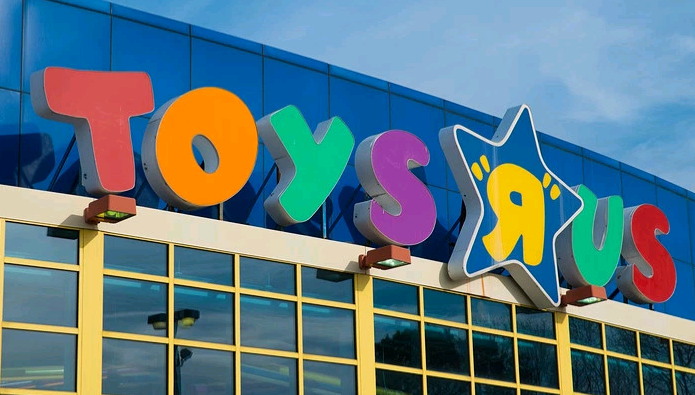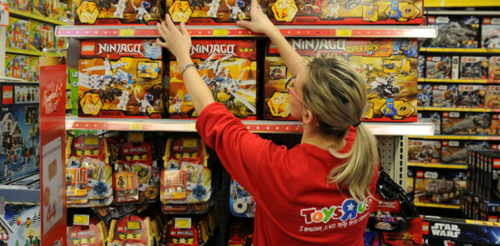FROM GEORGE SCHULTZE | FORBES | http://bit.ly/2xig5rj
#Bankruptcy Is No #Plaything
Toys "R" Us, Inc.— with over $5 billion in debt—made big headlines this week by filing for Chapter 11 bankruptcy, making this the third-largest retail industry bankruptcy of all time!
Although we’re heading into the toy-buying, holiday shopping season, the news wasn’t shocking to most investors since problems in the retail industry have been widely-publicized for some time now. Retailers have been negatively-impacted by a number of major disruptive changes. Initially, big box retailers, like Walmart, Home Depot and Target, were able to take advantage of huge economies-of-scale in purchasing inventory and heavy investments in managing real-time inventory delivery logistics to pass through much lower costs to customers. Next came the proliferation of online shopping and the digitization of sales where new-economy companies, like Amazon and eBay, further lowered the cost to the end customer by altogether disintermediating the need to rely on bricks and mortar for retail purchases. Add excessive leverage at the company level to this mix of major disruptive trends and distress and/or bankruptcy seems inevitable.
While many retailer chains are struggling to adapt—Walmart’s new alliance with Google to compete with Amazon is a great example—Toys ‘R’ Us, Inc. has some additional baggage. This company has been overleveraged ever since it went private in a leveraged buyout in 2005. Back then, its equity sponsors (KKR, Bain Capital, and Vornado Realty Trust) assumed over $6.2 billion in debt and added on more even though the company was generating only $782 million per annum in earnings before interest, taxes, depreciation, and amortization (“EBITDA”). Perhaps the thinking at the time of the Toys "R" Us LBO was that it would be somewhat insulated from these macroeconomic trends due to the value of its underlying real estate.
Like many old-line retailers, Toys "R" Us, with approximately 1,690 stores worldwide, rents space at many locations and a significant number of these below-market long-term leases have value – even in bankruptcy – as they are assets that can be sold (or re-leased) to other potential tenants. Having said that, the company says its Toys "R" Us and Babies "R" Us stores will continue to operate as usual. This is probably just as well since, the trends of late in retailer real estate haven’t been encouraging either and finding new tenants for some of those locations might be difficult.

